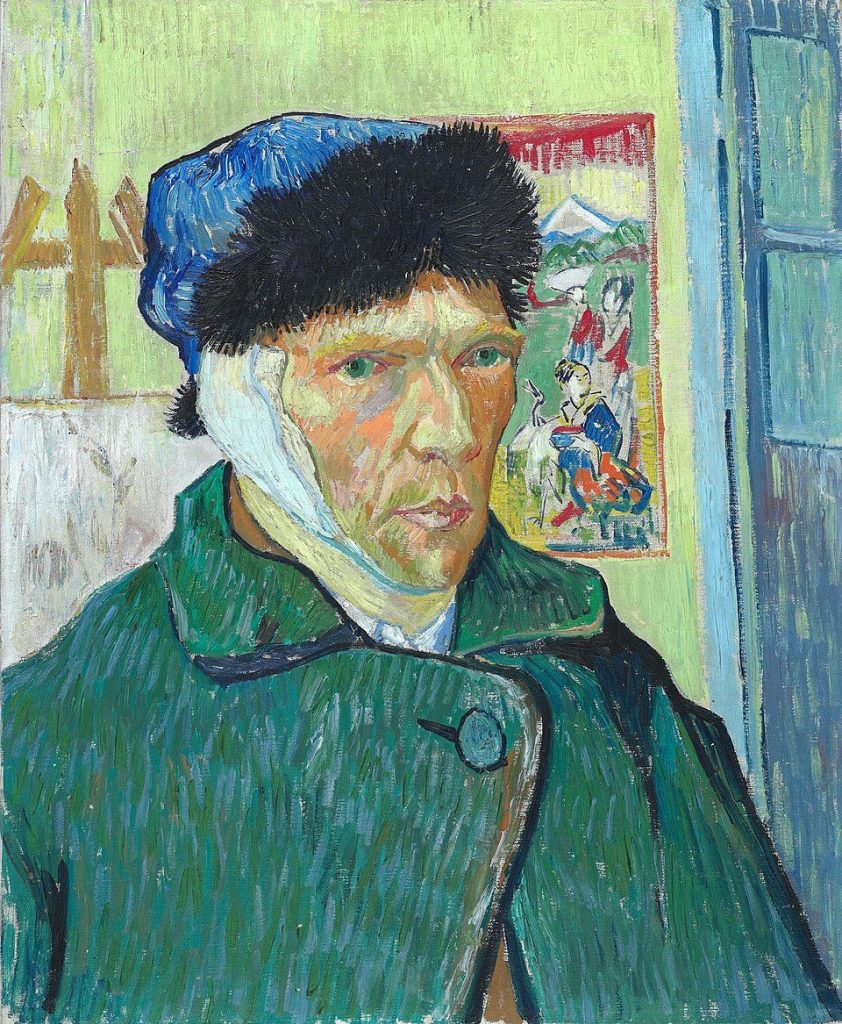
Mental illness has often been greatly misunderstood throughout history. Ignorance has fuelled stigma surrounding mental health conditions that sees its sufferers demonised, ignored, and shamed. Despite improvements in education and modern medicine, these damaging misconceptions continue to pervade modern culture and cause irreparable damage to those living with mental illness. However, art has long been a tool to understand how mental illness and the suffering it causes are often integral to the human condition. Pain informs creative genius, playing a fundamental role in the creation of influential works. The canon of art history would not be as striking and complex without the influence of mental illness and suffering. Despite the challenges it causes, we can credit mental illness and human suffering as playing a vital role in informing visual culture. We can ultimately turn to art to understand and appreciate the complexity of the human condition.
‘The Scream’ (1893) by Edvard Munch

Edvard Munch was a Norwegian painter who lived much of his life plagued by physical and mental illness. Known for his evocative works that often convey his own psychological torments, his significance can be seen most strongly in his piece, ‘The Scream’. The image of an androgynous figure with his hands clasping his face in a dramatic wail has become a universally recognised image. Arguably one of the most notable scenes from art history, ‘The Scream’ has resonated with audiences since its creation. Munch’s diary entry describes his experience that inspired ‘The Scream’, as he stated how on a walk, he ‘felt a gust of melancholy – suddenly the sky turned bloody red,’ and in his anxieties he ‘felt a vast infinite scream through nature’. The scream Munch describes attests to the existential angst every human being is forced to contend with. Mental pain and anguish have become an intense and common component of the modern condition. We are forced to reckon with our existence within a fast-paced and demanding universe that inherently fuels despair. By positioning his primal terror against a backdrop of normality, he conveys the all-too-familiar experience of panic and uncertainty we face in a world that is often unforgiving. ‘The Scream’ and its shrieking colours are a testimony to how mental illness and suffering can inform works that both resonate with humankind and influence popular culture for centuries to come. Munch’s inscription in the corner of the work states: ‘Can only have been painted by a madman’. These words attest to the unique creative perspective mental illness instils within humanity.
‘Self-Portrait with Bandaged Ear’ (1889) by Vincent van Gogh

Vincent van Gogh was a Dutch painter who is one of the most notable artists of all time. He is not only known for producing post-impressionist works with intense colour and unique brushwork but is known for how his mental anguish and sufferings informed his pieces. Van Gogh’s psychological troubles, coupled with his artistic power, fuelled the creation of numerous works that attest to the beauty, but also the fragility, of the human condition. His work ‘Self-Portrait with Bandaged Ear’ shows van Gogh after he mutilated his own ear in a state of confusion. It was painted a week after he left a hospital for these injuries, and a doctor reported that he was ‘suffering from insanity’. Whilst we cannot know the entire nature of his psychiatric condition, we know he dealt with immense emotional hardships throughout his time. Van Gogh’s self-portrait is a testament to his desire to continue to nurture his passion and produce art despite his personal hardships. It is difficult to not feel the pierce of van Gogh’s gaze and be struck by his calm demeanour when observing the image. The portrait exemplifies his wounded nature and conveys an intense humanity, as we feel the gaze not of a man plagued by insanity, but the gaze of a fellow human being.
‘My Bed’ (1998) by Tracey Emin

During a period of intense depression whilst existing in the aftermath of a broken relationship, English artist Tracey Emin was unknowingly in the process of creating an influential piece of contemporary art. Emin spent days on end in her bed feeling depressed, drinking heavily, eating junk food, and smoking. She barely left her bed during this episode, and when she eventually emerged from her state, she was forced to stare at the mess she had created and contend with how she had been living. Her bed and its surroundings were covered in vodka bottles, dirty clothes, rubbish, underwear stained with menstrual blood, and cigarettes. However, instead of cleaning the mess away, Emin saw what she had created as a work of art. Her bed was a testament to depression and the pain of the human condition. Inspired by her own creation, Emin chose to display her bed and the objects unaltered. From that point on, ‘My Bed’ became a well-known contemporary work that, despite attracting confusion and criticism, was hailed for its innovation and creativity. Emin and her work illustrate how mental illness inspires a desire to explore and represent the human condition, a feat that is greatly needed in a society that is so often fuelled by suffering. By choosing to view her own pain as art, Emin acknowledges the complexity of human emotion and fuels much-needed discourse on mental illness and its manifestations.
Written by Matilda Davies
Views: 10
